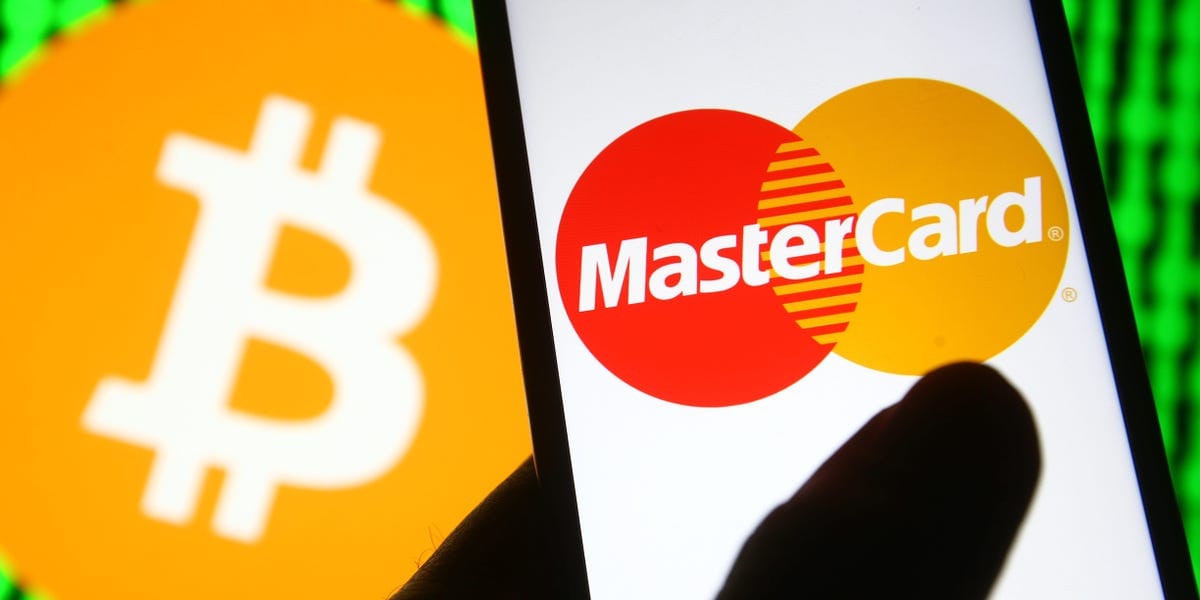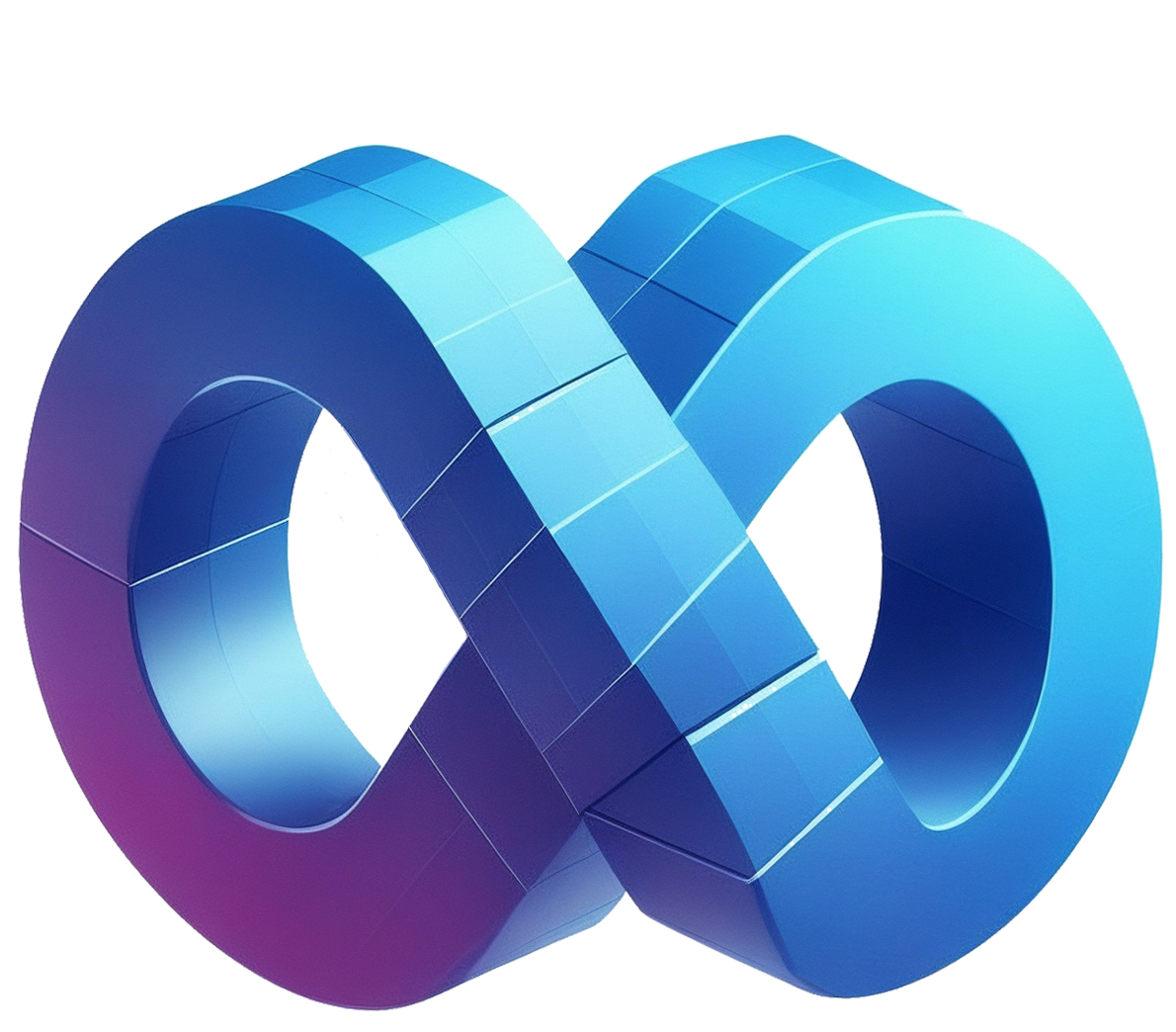MasterCard Aims to Create a Seamless Crypto Transaction Network for 3.5 Billion Cardholders Worldwide

Mastercard is stepping up its efforts to bridge the gap between traditional finance and the rapidly evolving world of Bitcoin and cryptocurrency. With regulatory changes and growing acceptance from Wall Street, the payments giant sees an opportunity to expand its blockchain and digital asset capabilities. Raj Dhamodharan, Mastercard’s executive vice president of blockchain and digital assets, recently shared insights into the company’s strategy, which builds on years of investment in the crypto space. The goal is clear: to establish a network that simplifies digital asset transactions for consumers, merchants, and financial institutions alike.
The company envisions a system that mirrors its globally recognized card network, but tailored for blockchain technology. This ambitious plan hinges on technical innovation, regulatory cooperation, and strategic partnerships with major players like JPMorgan and Standard Chartered. By positioning itself as a key infrastructure provider, Mastercard aims to carve out a lasting role in the expanding digital asset market. Dhamodharan emphasized that Mastercard’s scale and reach could make moving money between traditional and decentralized finance as straightforward as using popular apps like Venmo or Zelle.
"Mastercard has made a sizable bet on this," Dhamodharan said of Mastercard's research and development and startup-focused efforts.
Bringing this vision to life won’t be simple. Adoption by financial institutions is essential, as the network’s value grows with each new participant. Mastercard is actively courting banks to join its Multi-Token Network, launched in 2023, which serves as the backbone of its crypto strategy. Early successes with JPMorgan on cross-border payments and Standard Chartered on tokenized carbon credits highlight the potential for real-world applications.
Stay In The Loop and Never Miss Important Bitcoin and Crypto News
Sign up and be the first to know when we publishA Dual Approach to Crypto Adoption
Mastercard’s strategy targets two key groups: everyday consumers and traditional financial firms. For its 3.5 billion cardholders worldwide, the company has rolled out over 100 crypto-focused card programs, including credit, prepaid, and rewards cards that offer cryptocurrency instead of cashback. Dhamodharan noted that enabling consumers to seamlessly shift between fiat and crypto is vital to driving the sector’s growth. These efforts aim to make digital assets a practical part of daily spending.
On the institutional side, Mastercard sees tokenized assets—like real estate or carbon credits—as a growing opportunity. The company is developing tools to handle blockchain-based transactions for trade finance and international payments, areas where speed and transparency can offer significant advantages. Unlike traditional assets tracked on centralized ledgers, digital assets rely on decentralized networks, requiring a new approach to infrastructure that Mastercard is eager to provide.
The company’s commitment to this space dates back to 2015, when it began filing patents related to blockchain, with a total of over 250 to date. It has also nurtured 43 blockchain startups through its accelerator program since 2021, while expanding its team with high-paying roles in engineering, product development, and regulatory affairs. A recent integration with JPMorgan’s blockchain unit, for instance, has slashed the time needed for cross-border settlements, making them available around the clock.

